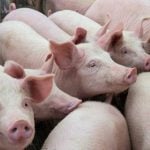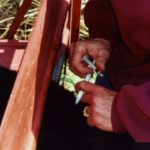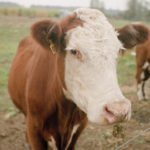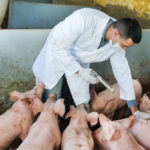
Tag Archives Vaccination

Pay attention to timing to boost immunity
That vaccination is wasted if applied at the wrong time, one expert says

Brazil expects to be declared free of foot-and-mouth with vaccination

Beef 911: We all need to be ever vigilant when it comes to rabies
This fatal disease is very rare, but always be on the lookout for telltale signs
Beef 911: The facts about the dangers of antibiotic resistance
The cattle industry is doing a good job to prevent resistance and we are improving those efforts

Spend a little now and make money later
Reduced death loss, fewer open cows, and reduced shedding are major benefits from a proper vaccination program
Top tips for vaccinating livestock
Storage, the injection route, and when you administer a vaccine are all key, says Dr. Nathan Erickson

Beef 911: Vaccinating young calves
More vaccines are happening earlier and while performing other procedures
Beef 911: Assess the risk when bringing in calves
Mingling animals, transport times, light weights, and even weather can be factors that increase the risk of BRD

Cow antibodies show a path to fighting human disease
Novel vaccines combine natural antibodies and engineer antigens to trigger immune response

PEDv vaccine on horizon but biosecurity still key
A PEDv vaccine, field tested during the recent Manitoba outbreak, still needs to be registered in Canada


